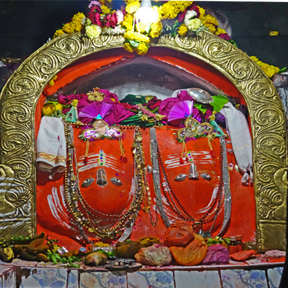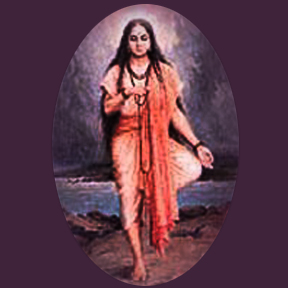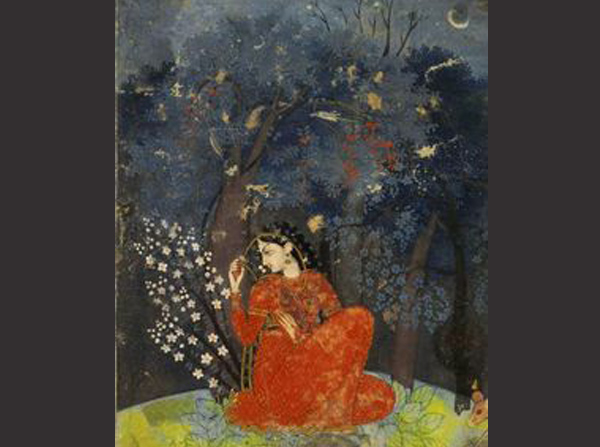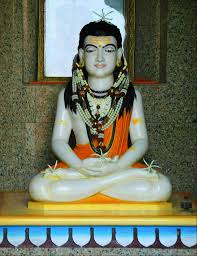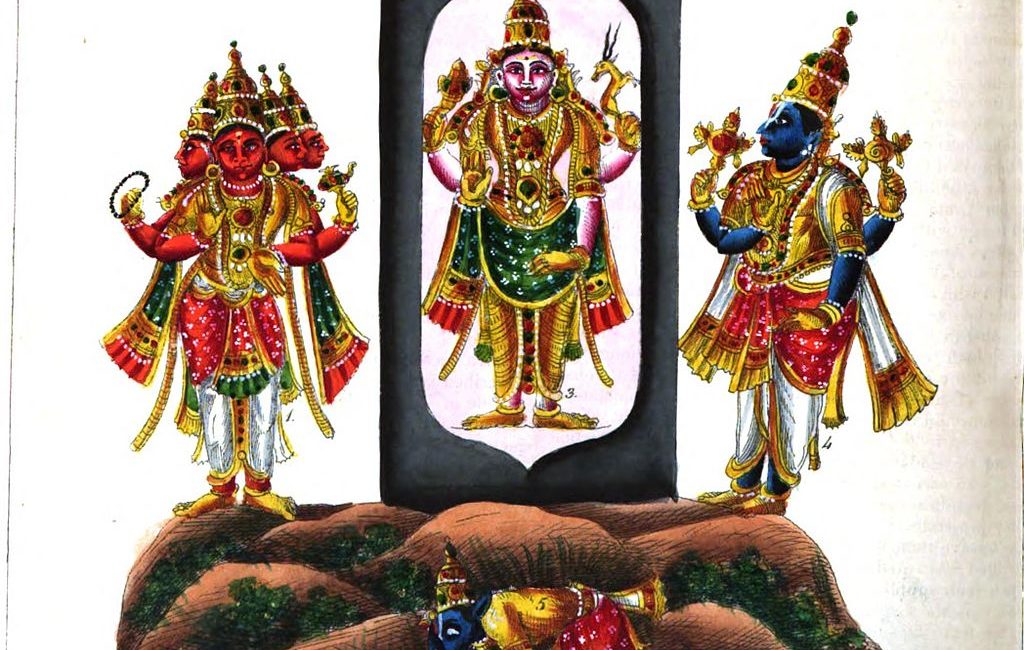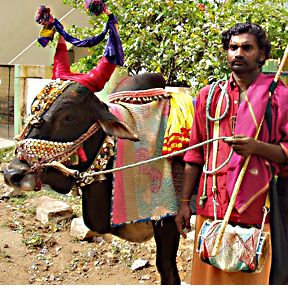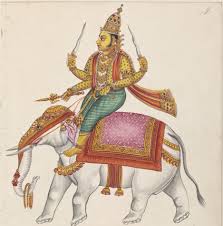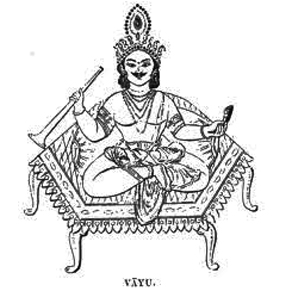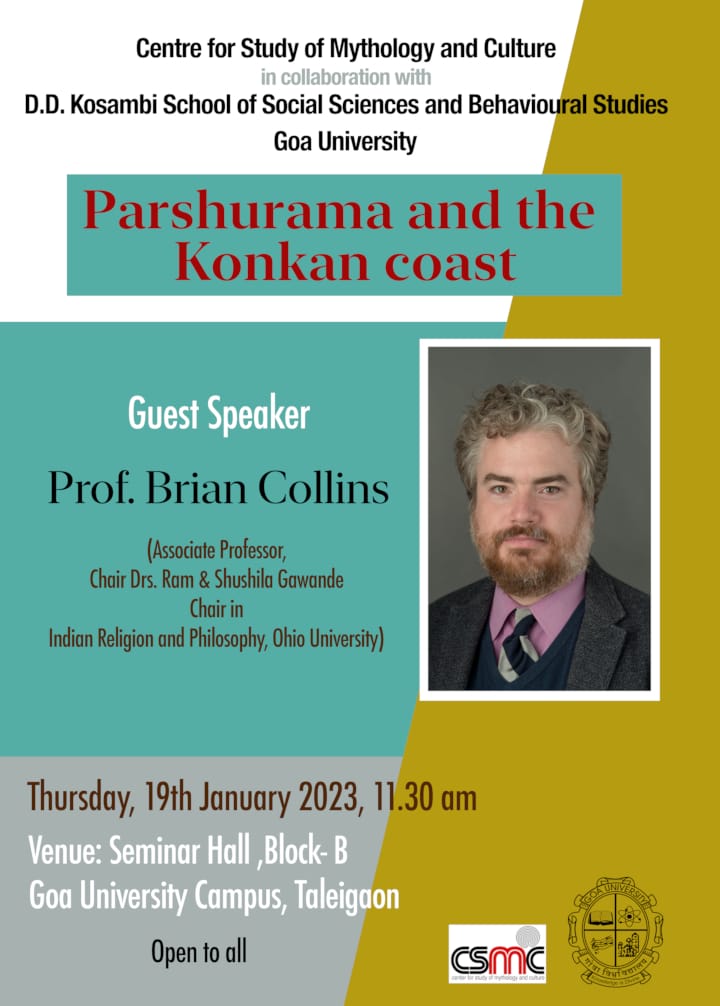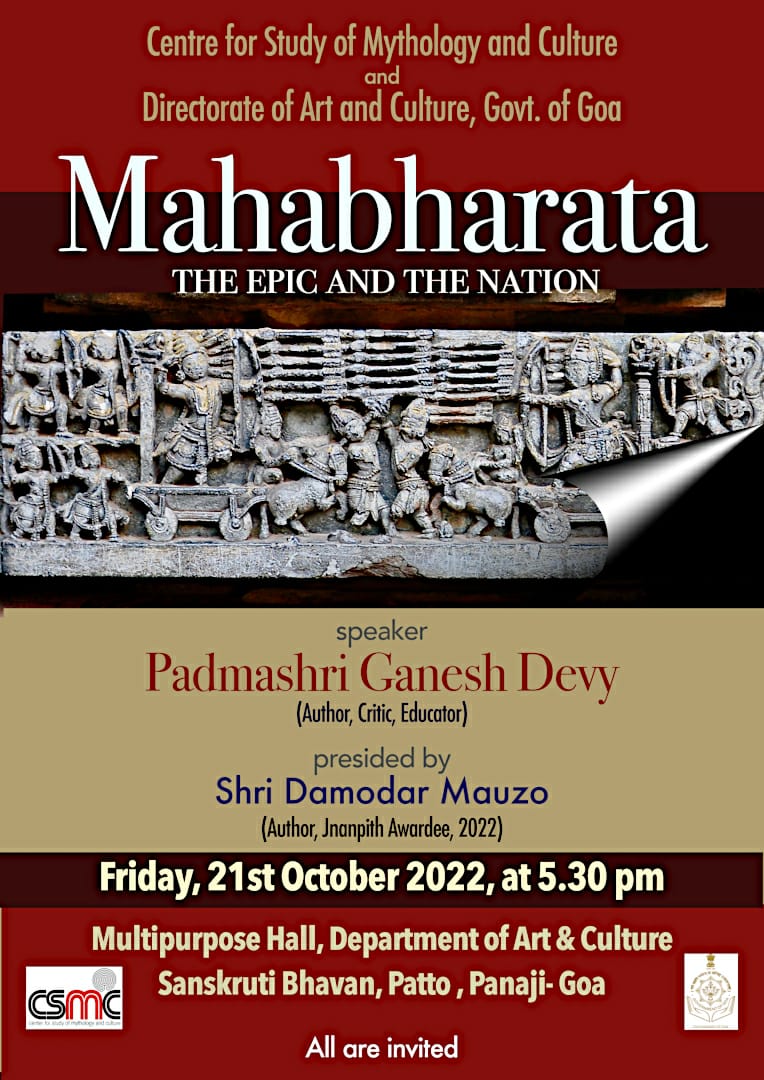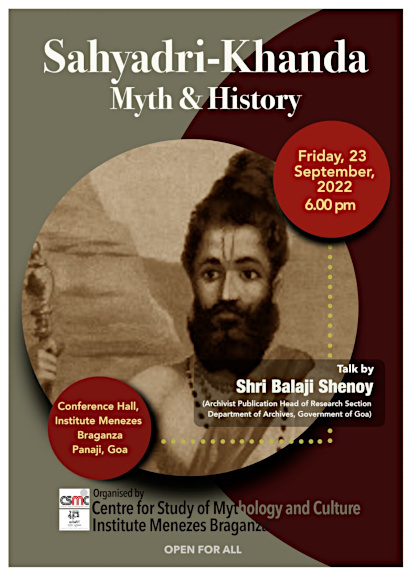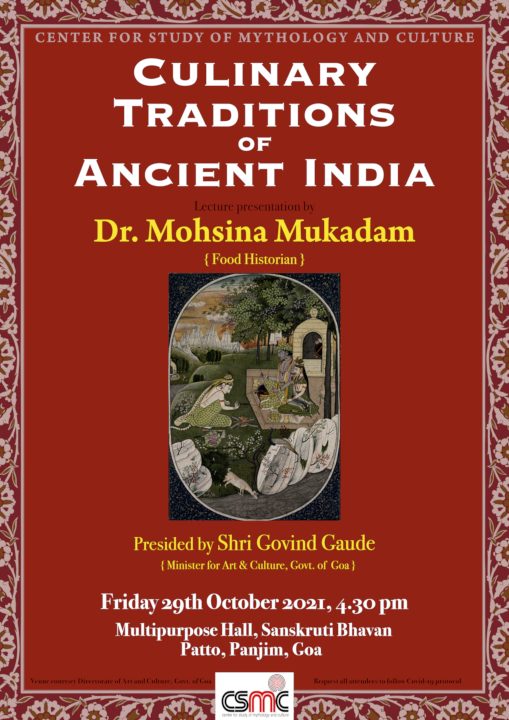The guide’s voice carried on behind me, in front of me were my excited daughter and husband racing fellow tourists across a stretch of grassy meadow… I was at Olympia, gazing at some marble blocks embedded in the earth that had been excavated first by German archeologists in the 19th century! These marble blocks, worn down by the ages and elements were the actual starting blocks for the historical Olympic Games that started sometime around 776 BCE and continued every four years till they were abolished by the Roman Emperor Theodoisus I in 393 AD. The sheer ‘drama’ embedded in the history of the place itself is enough to give even the most hardened onlooker a few goose bumps. But when one spins back and lets one’s mind wander off to the mythic origin of the games at Olympia, the sense of wonder and marvel is multiplied. For here on these plains, one can experience a continuous chain of ritual unbroken from the time of the mythic hero Herakles to the recorded history of the ancient four-yearly games in Greece’s ‘Golden’ classical age to the torch-lighting ceremony that is practiced during modern Olympics Games right here in the 21st century!
The mythic origin of the Games goes such: Herakles, that greatest of Greek heroes, the son of Zeus was celebrated throughout the lands for his ‘mythical’ physical strength. It was he, who established the games at Olympia and decreed that Greek men from all the city-states should meet on these plains every four years to participate in many ‘sporting’ feats as a way to honour Zeus. Our guide further informed us that legend says that Herakles inaugurated the games at Olympia and was present himself to act as an ‘umpire’. It was Herakles who instituted the ritual of honouring the victors with an olive wreath, a tradition which was continued till the 4th century AD!
So Olympia and the Games are, in a way, a classic case study for the myth-ritual branch of academic discourse. What is a historical fact is that scholars can trace back the games in Olympia to as early as 776 BC! Whether the myth of Herakles honouring his father, Zeus was a myth created to sanctify the ritual of this sporting event or whether the enactment of this wonderful celebration of the human body’s striving to transcend ordinary physical constraints was a rite designed to bring alive the achievements of Herakles and other heroes, it is for scholars to decide.
The ‘marble’ proof of the mythic association of Herakles with the ancient Olympia games is preserved today in the museum at Olympia. These are the fragments of the sculpted metopes that depicted the Labours of Hercules and decorated the Temple of Zeus that stood outside the sports stadium at Olympia! In fact, some scholars say that the Olympian metopes were probably the first instance when the twelve ‘Labours of Hercules’ were grouped together and recorded for posterity!
Though finding comparable myths and spotting their parallels in rituals etc. is among the greatest joys of the amateur ‘student’ of mythology, the Olympic Games are in fact quite unique and have very few parallels outside Ancient Greece. Some of the points that distinguish and tie in the tradition of the Olympic Games from other such ancient practices are:
• This is a ritual designed to honour the Father of the Gods but is in its essence quite secular. While a temple was built in Olympia dedicated to Zeus(in fact, it housed one of the ancient wonders, the magnificent towering statue of Zeus by Phidias) which attracted votive offerings from far and wide, the main significance of the Olympian plains was demonstrating ,celebrating and honouring exceptional physical feats by men.
• Closer to home, we have the example of the ‘swayamvar’ a mass display of exceptional male physical prowess. But in this case the reward was material, the princess and through her power and the throne. The Olympic Games on the other hand were all about honour and glory. The only ‘material’ reward was the olive wreath for the winner while the fame and prestige that the athletes won throughout the land was the real inspiration.
• To my mind, the most singular aspect of the games at Olympia was the democratic and inclusive principles on which they were founded. The Herakles myth does not detail any conditions that the great hero laid down for participation. And the recorded history from the 8th century BC is clear on one point- to start with, any able bodied Greek man could take part, whether king or noble man or peasant. While restricted to only Greeks, after some centuries, participation was extended to men from the colonies and later in first century AD even to Romans. Surely, this level of democratisation was quite unique in those ages of antiquity. Think of the discrimination faced by one of the greatest heroes of Indian epics, Karna. When Karna came face to face with the Pandavas first time in the arena where the royal princes were showing off the skills they had learnt from Drona, his superb talent in matching Arjuna’s skill, was not applauded by all. Instead, Kripa stepped forward and mocked Karna as he was not a known Kshatriya and of uncertain parentage. Even after Duryodhanna crowned Karna the king of Anga, some versions of the Mahabharata recount how at Draupadi’s swayamvara, the princess herself demurred to let Karna try his hand at the contest as he was not of royal birth. Contrast this with the Olympic games: even though the mythic founder, Herakles, was of semi-divine parentage, the games were open to all Greek men above a certain age!
• However, the democratic foundations of the mythic and ancient games were not absolute. Neither Herakles nor the Ancient Greeks were imaginative enough to allow women to participate. Nor were slaves permitted. Though the Olympia site is unique in that, next to the magnificent Temple of Zeus, there stood a temple of Hera, it seems that women were permitted only to take part in introductory rituals such as the lighting of the torches. A tradition that is kept alive to this date- when every four years the modern Olympic Torch is lit at Olympia by women and is then carried by sports stars, other icons and others to the actual venue. Women were not even allowed to be spectators!
Someone wise once said that the Greeks modeled all their Gods on themselves and not the other way round (unlike later Christian doctrine where God created Man in his image). The Olympic ritual exemplifies this ideological foundation beautifully! The Gods of Olympia could race faster than the wind, fly and seemed not to be bound by any of the physical limitations of the human body! The heroes like Herakles who were usually semi-divine actually took on the gods and occasionally triumphed. And finally, you had the citizens of the Greek states run, jump, wrestle, use javelins and iron balls almost too heavy to be lifted, on the Olympian plains every four years to show the Universe and Nature, that the human body can be trained, can be pushed to achieve feats almost miraculous and thus reach heights that can only be imagined for the Gods.
I am glad to have had the privilege to stand on the grassy tracks that witnessed the feats of countless athletes who participated for the glory of nothing but an olive wreath because this event symbolizes one of the earliest expressions of what it is to be human! I can think of very few other rituals/events/myths wherein people strove, pushed themselves, competed not for the spoils of war or conquest or riches – but just because as humans ‘we can!’
RUKMINI GUPTE







